Humayun vs Sher Shah Suri
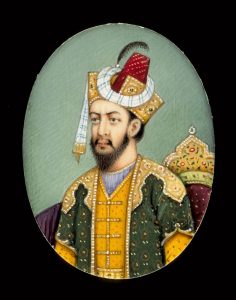
Article: Mughal Empire: Humayun vs sher shah suri
Introduction
The Mughal Empire in India is often remembered through the towering achievements of rulers like Akbar, Jahangir, Shah Jahan, and Aurangzeb. Yet the story of Humāyūn—the second Mughal emperor—holds a special, pivotal place.
His reign was marked by tragedy, exile, restoration, and above all, transformation. Though his rule was fraught with difficulties, Humayun’s legacy set in motion many of the cultural, architectural, and political foundations that later emperors would build upon.
In this article, we will delve into the life, struggles, reign, exile and restoration, contributions, and lasting legacy of Humayun in the context of the Mughal Empire.
Early Life and Accession (1508–1530)
Birth and Family Background
Humayun was born Mirza Nasir ud-Din Muhammad on 6 March 1508 in Kabul, in what is now Afghanistan.
He was the eldest surviving son of Babur, the founder of the Mughal dynasty, and his wife Maham Begum.
From early years, Humayun accompanied his father in military campaigns and administrative matters, gaining exposure to the challenges of ruling an empire that stretched across Central Asia and the Indian subcontinent.
The Succession/ humayun vs sher shah suri
When Babur died in 1530, Humayun inherited the throne.
He was only 22 at that time—young and with limited experience—but the mantle of power fell to him nonetheless.
His accession was not unchallenged. Babur had allocated territories to his sons: Kamran Mirza got Kabul and Kandahar, which set the stage for friction between brothers.
Thus, from the outset, one of Humayun’s key challenges was to manage internal family rivalries and external threats at the same time.
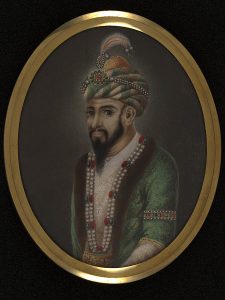
First Reign: 1530–1540 — Struggles & Failures
Humayun’s first decade as emperor was marked by successes and reversals. Although he had potential, he lacked some of the political and strategic acumen shown by his father.
Early Military Campaigns & Conquests
Humayun inherited the territories his father had conquered, but many erstwhile foes remained unconquered or unconsolidated. He mounted multiple campaigns:
In Gujarat, Humayun engaged Bahadur Shah of Gujarat and secured control of parts of the region.
He attempted campaigns in eastern India and intervened in Rajput and Afghan conflicts.
Yet his efforts were hampered by weak internal control, rival rulers, and the ambition of his brothers.
Rivalry with Sher Shah Suri & Defeats
The most formidable external threat to Humayun vs Sher Shah Suri (also called Sher Khan Suri), an Afghan warlord who had carved out power from Bengal and Bihar and posed a direct challenge to Mughal dominance.
In 1539, the Battle of Chausa ended in a serious defeat for Humayun.
In 1540, at Kannauj (also known as the Battle of Bilgram), Humayun’s forces were decisively defeated by Sher Shah Suri.
Following these military disasters, Humayun’s hold over the Indian territories crumbled. He, along with his family, fled and was forced into exile.
During his retreat, his political support fractured. His brothers—Kamran, Hindal, Askari—had their own ambitions and often acted independently, further weakening the Mughal cause.
Thus, by 1540, the Mughal Empire under Humayun had, for a time, collapsed.
Exile Years (1540–1555)
Humayun’s exile is one of the more dramatic chapters of Mughal history. He wandered through many regions, seeking support, building alliances, and preparing for his eventual return.
Initial Flight & Alliances
After losing the empire, Humayun initially fled toward the northwest, passing through Sindh, Rajasthan, and eventually into the Persian court.
In Persia, particularly under the Safavid court, Humayun found refuge and support.
The Safavid rulers extended military and political backing, which proved essential for Humayun’s eventual reclaiming of his throne.
Cultural Shift & Influence
During his stay in Persia, Humayun absorbed Persian culture, artistic sensibilities, court rituals, architectural influences, literature, and governance ideas.
This Persian influence would later be deeply embedded in the Mughal court, eventually transforming it into a more Persianate style—especially during his son Akbar’s reign.
Although living in exile was difficult, it was during these years that Humayun matured, learned statecraft, collected loyalists, and prepared for reentry into his lost domains.
Restoration & Second Reign (1555–1556)
After about 15 years of exile, Humayun made a daring comeback.
Return March & Battles/ humayun vs shar shah suri
In 1554–1555, the Suri Empire faced internal turmoil and succession crises after the death of Islam Shah Suri. Humayun seized this moment to act.
He crossed the Indus, marched into Lahore, and gradually progressed to Sirhind and Delhi. He captured these key territories with relatively less resistance.
humayun vs sher shah suri
Notably:
The Battle of Machhiwara (1555) was a Mughal victory that opened the path to Sirhind.
The Battle of Sirhind (1555) secured the way for Humayun’s restoration to Delhi.
By mid-1555, Humayun had reclaimed Delhi and Agra and reinstated himself as emperor.
Short Reign & Death
Humayun’s second reign lasted only about a year. On 27 January 1556, he died tragically from a fall down the stairs in his library at Sher Mandal, Delhi.
To ensure smooth succession, his death was concealed briefly until his son Akbar, then away in the Punjab, could return and assume the throne.
Humayun’s reign ended, but his influence would persist, especially through his son.
Achievements, Contributions & Legacy
humayun vs sher shah suri
Though sometimes criticized for his political weaknesses and military failures, Humayun’s contributions were significant in shaping the Mughal Empire’s character and future.
Cultural & Architectural Innovations
Humayun’s Tomb, Delhi: Perhaps his greatest architectural legacy. Commissioned by his chief wife Bega Begum (also known as Haji Begum) around 1558, this tomb was designed by Persian architects Mirak Mirza Ghiyath and his son Sayyid Muhammad.
It is considered the first garden tomb in the Indian subcontinent, combining Persian and Indian architectural styles.
It also used red sandstone on a large scale—a hallmark feature in later Mughal monuments.
The design and style of Humayun’s Tomb inspired later Mughal buildings, including Taj Mahal.
Tāj-i ‘Izzat: Humayun is credited with creating a distinctive headdress called Tāj-i ‘Izzat (“Crown of Power and Glory”) in 1532, one of the court’s regalia items.
This crown was part of his efforts to shape regal symbols and court culture, possibly drawing from Persian traditions.
Patron of Persian arts & literature: After his exile in Persia, Humayun brought many Persian nobles, scholars, artists, and craftsmen into the Mughal court, fostering a Persianate cultural and aesthetic influence in the Indian subcontinent.
Over time, Persian language, calligraphy, architectural motifs, and arts became embedded in Mughal court culture—a legacy that would flourish especially under Akbar and later emperors.
Political & Strategic Legacy
Foundation for Akbar’s successes: Even though Humayun’s reign was tumultuous, he laid down structural foundations (especially cultural and administrative) that Akbar would build upon. The experiences of defeat, exile, and restoration likely informed the stronger governance and military strategies of his successor.
Unification & expansion impetus: By regaining Delhi and reestablishing the Mughal claim, Humayun prevented the permanent disintegration of the Mughal state. Without his restoration, India might have evolved very differently.
Synthesis of Central Asian and Persian elements: Humayun’s exposure to multiple cultures helped the Mughal court transition from purely Central Asian roots to a blended Persian-Indian style—this cultural hybrid identity would define the Mughals’ distinct brand of governance and art.
Weaknesses & Criticisms
Inconsistent leadership: Critics argue that Humayun lacked the decisiveness and discipline seen in Babur or Akbar. His indulgence in pleasures, and occasional reliance on unqualified nobles, weakened his effectiveness.
Dependence on foreign aid: His restoration owed much to Safavid support. Some view that as a weakness in political autonomy.
Short second reign & abrupt death: Since he died soon after regaining the throne, his ability to fully consolidate and reform was limited.
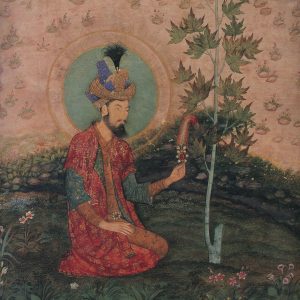
Humayun in Context: Why He Matters
When the spotlight often falls on more celebrated Mughal emperors, it’s tempting to minimize Humayun’s contributions. But his life and reign occupy a critical “bridge period” in Mughal history.
He inherited a nascent empire struggling to stay intact. Without his persistence, the Mughal dynasty might have fragmented irreversibly.
His exile and return narrative adds a dramatic arc: loss, perseverance, and triumph.
Cultural shifts initiated under him transformed courtly life and aesthetics well into later periods.
His tomb remains one of India’s architectural masterpieces—and a reminder that even in failure, Humayun left enduring markers of grandeur.
In sum, Humayun may not always be the most celebrated Mughal emperor, but his story is essential to understanding how the Mughal Empire evolved from conquest to cultural dominance in South Asia.
humayun vs sher shah suri

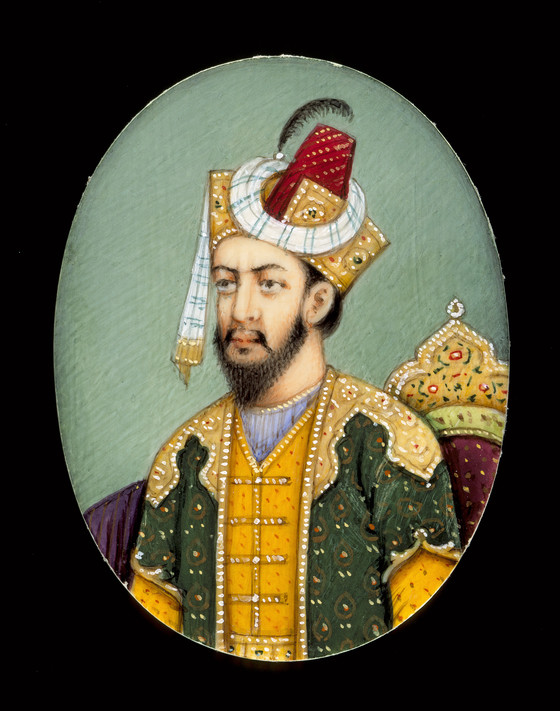
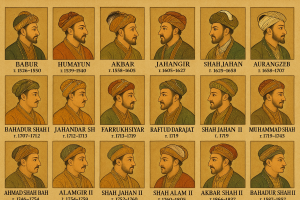

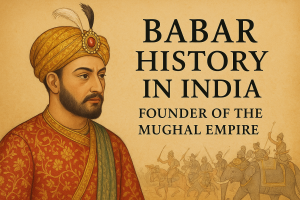
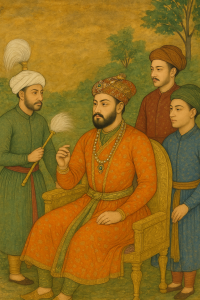

One Response
nice your artical